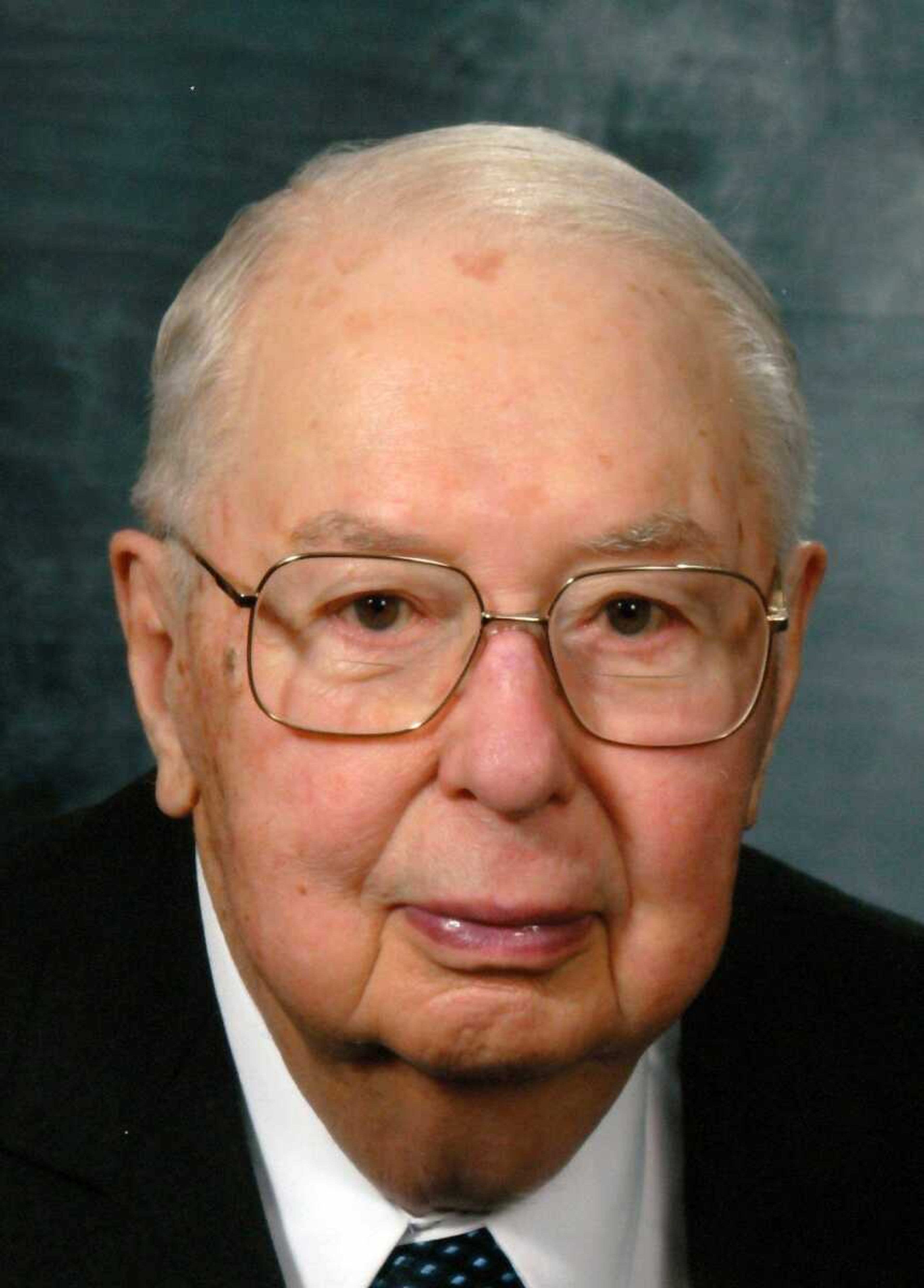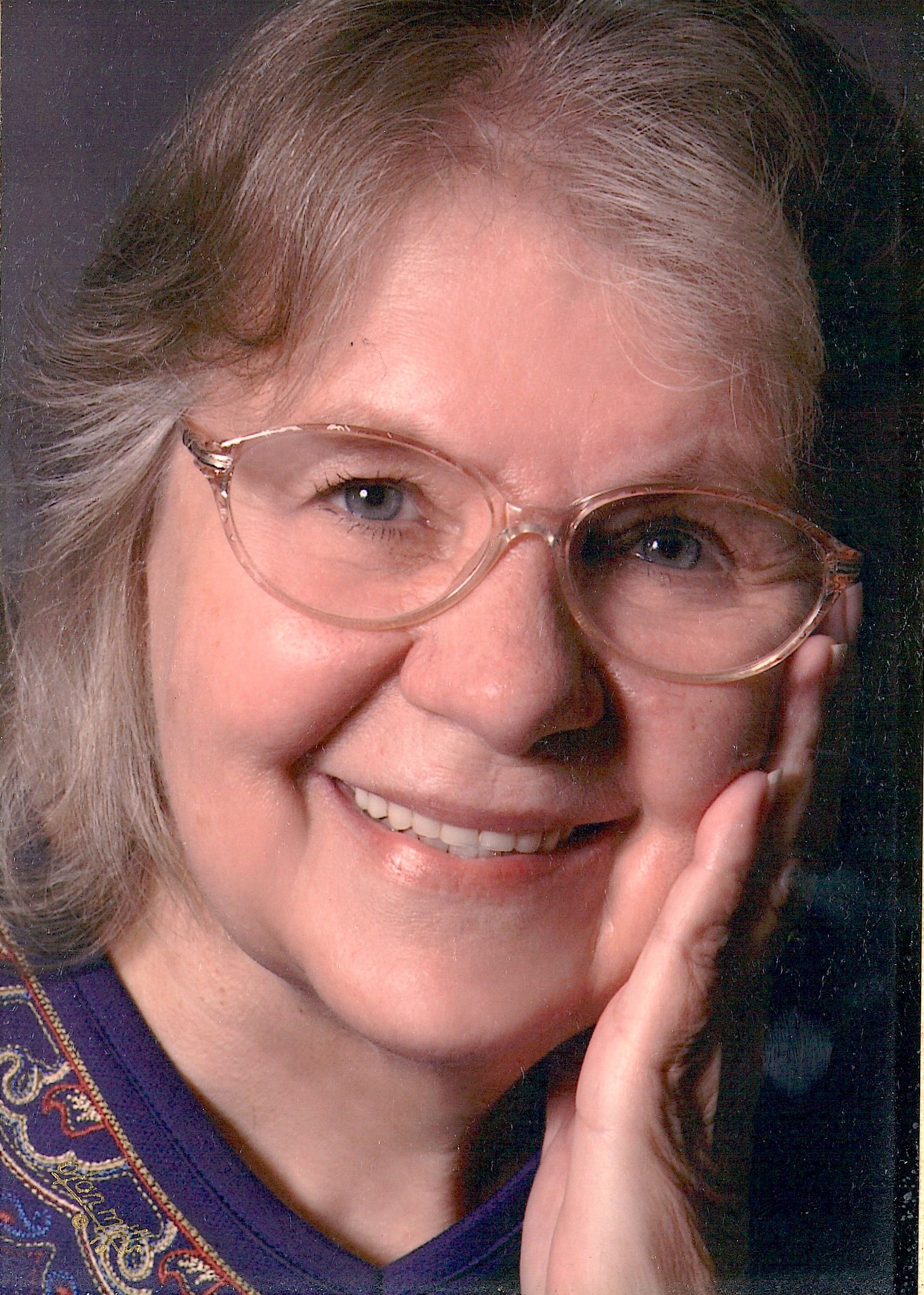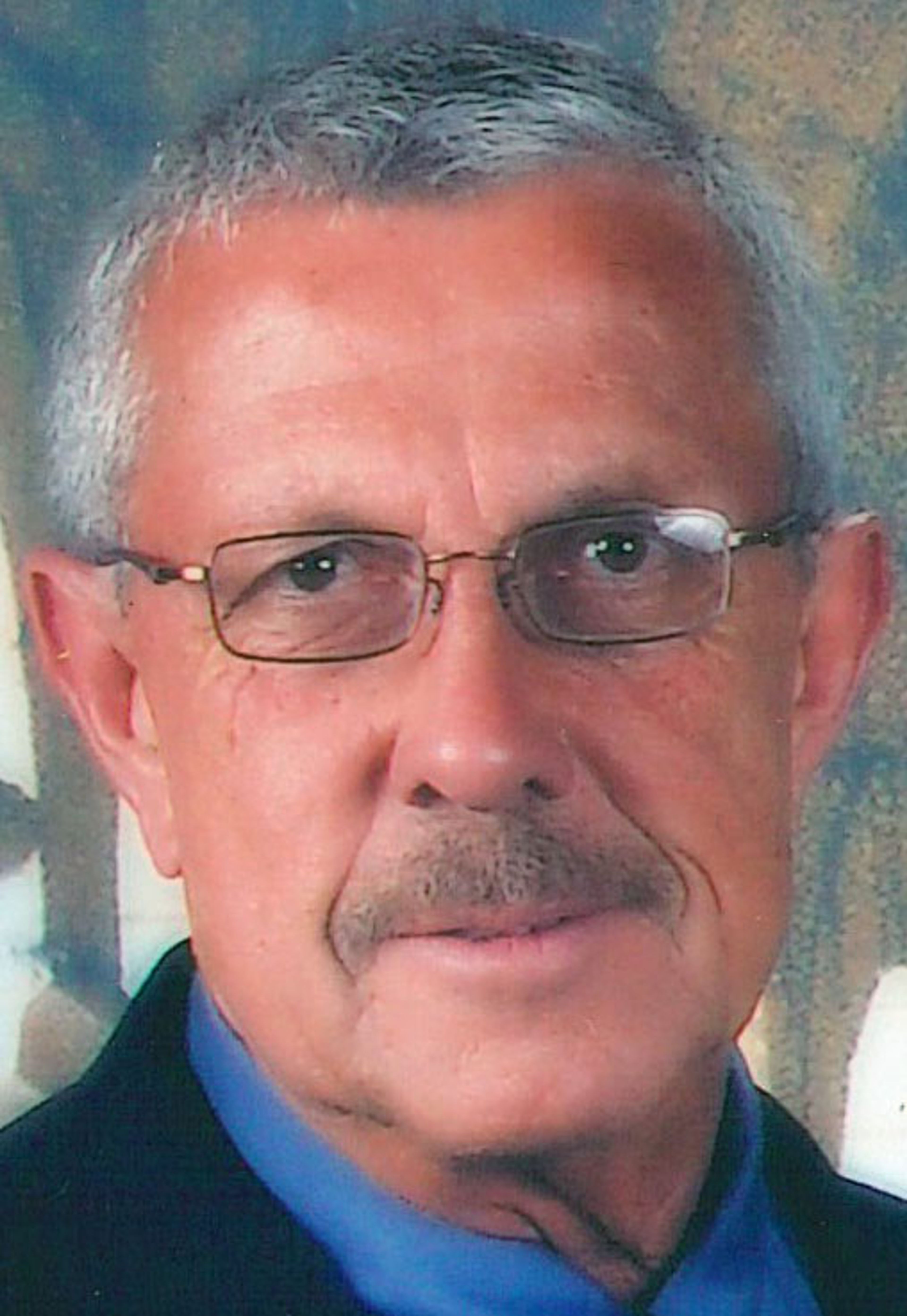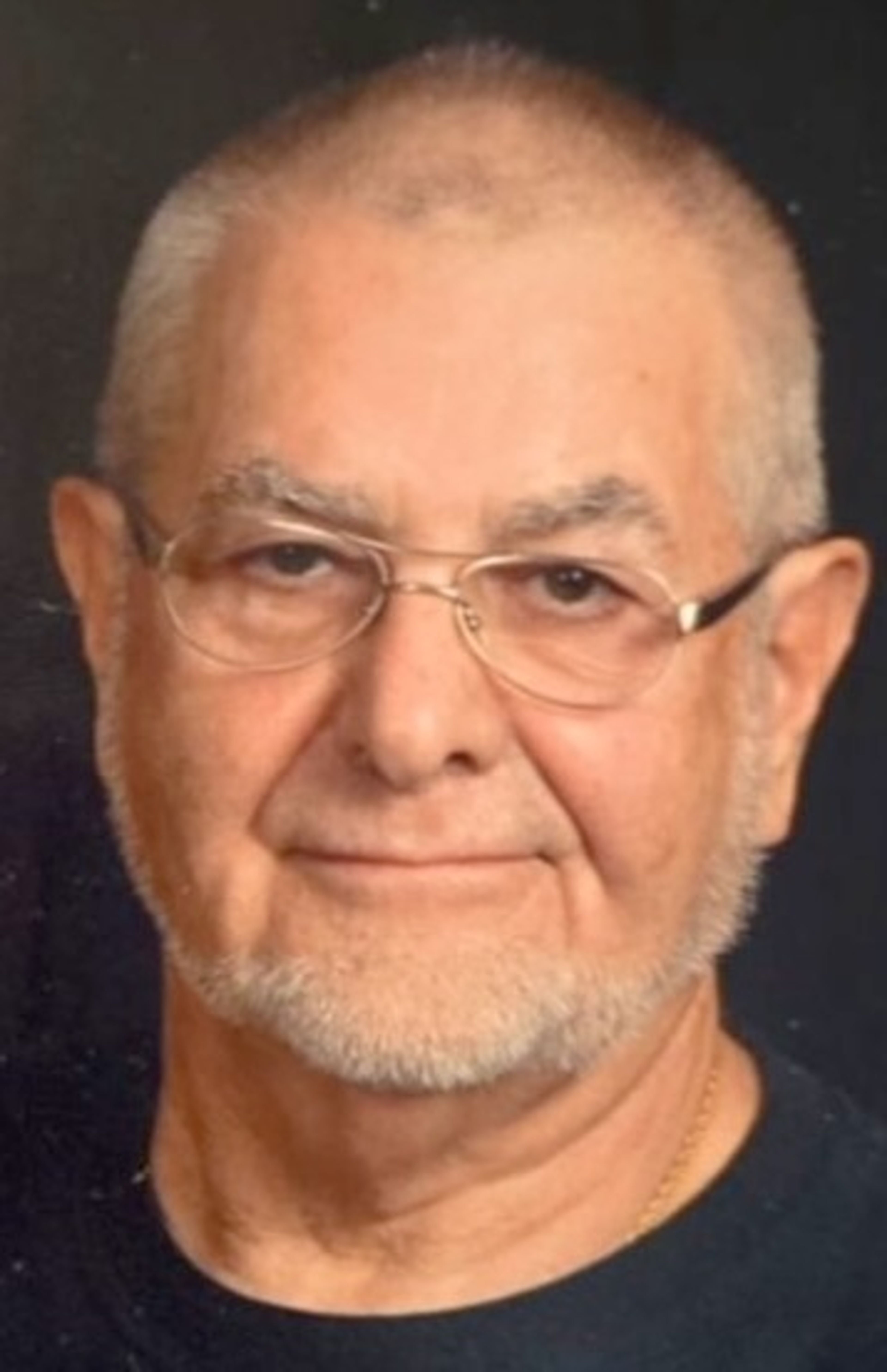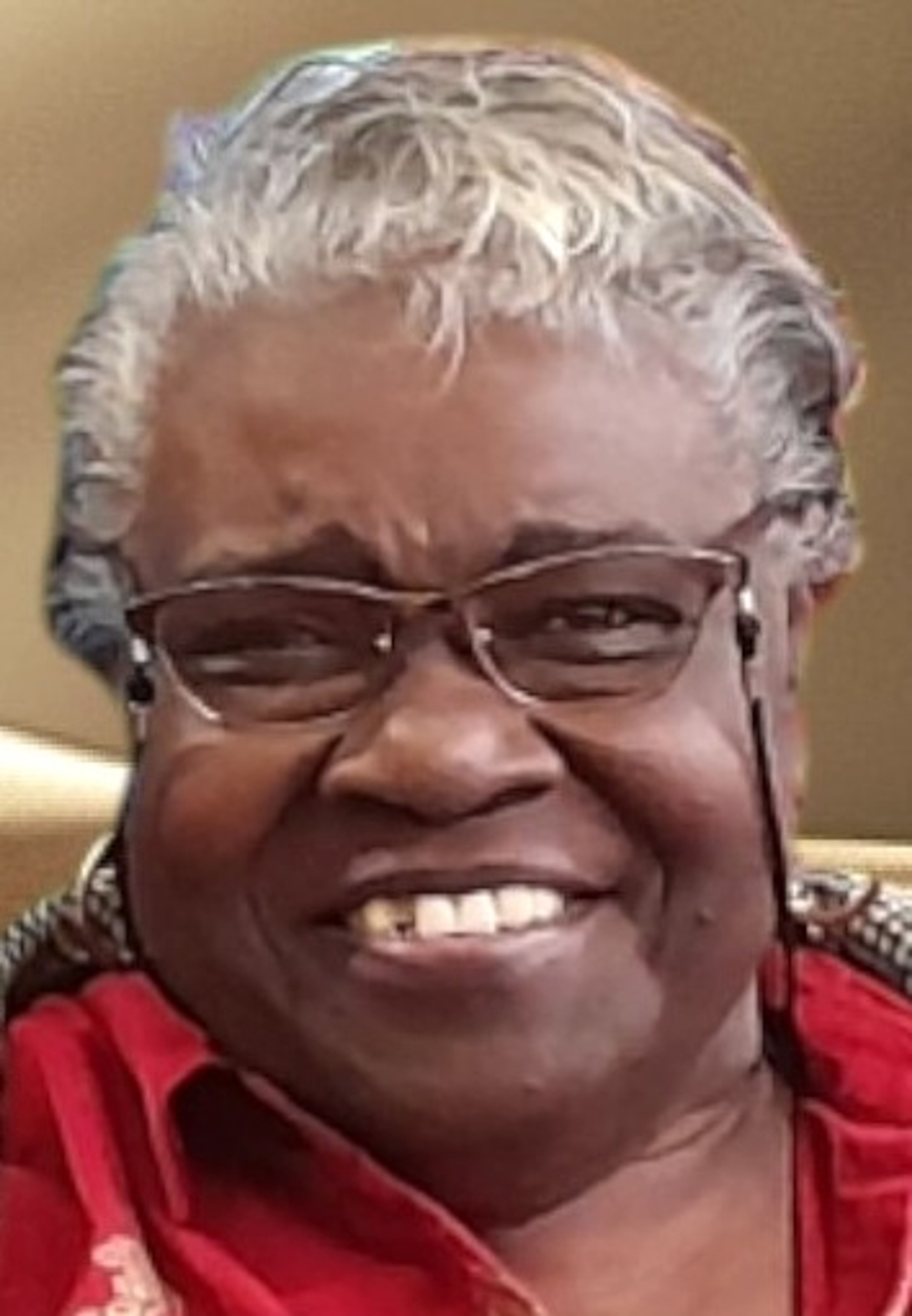Irvin H. Garms, 96, of Cape Girardeau died Oct. 28, 2011, at Barnes-Jewish Hospital in St. Louis. Private funeral services were held Nov. 4, 2011, in St. Louis, with the Rev. Elizabeth Rolf Kanerva officiating. Entombment was in Cape County Memorial Park Mausoleum.
Irvin Garms was born Aug. 20, 1915, in Oak Hill, Mo., to John Fredrick and Nora Korhmann Garms. He was the oldest of six children. Three sisters predeceased him. He is survived by a brother, John (late Helen) Garms, of Scott City and a sister, Ruby Garms of St. Louis.
On April 13, 1941, he married Dorothy Baker in Cape Girardeau. After 58 years of marriage, she preceded him in death as did the older of the couple's two sons, Michael who died in 2008. Michael is survived by his wife, Kathie Sansoucie Garms of Jackson, and his daughter, Kim (Andy) Chronister of Cape Girardeau. The younger son of Irvin and Dorothy Garms, Ronald, lives primarily in St. Louis.
Garms enjoyed a long and accomplished career in construction and international finance. From the most humble of beginnings, he rose to be the top executive of multiple construction and energy-related companies. He conducted business in all 50 states and on five continents. He served as a board director of more than a dozen domestic and multinational companies.
His first involvement with The World Bank was in 1958. A small pipeline company he co-owned that was first expanded into 30 states and throughout the Middle East and an oil and gas firm he founded were both subsequently listed and traded publicly on the New York Stock Exchange.
With a partner from coal mining ventures (who was also part owner of a national baseball franchise), Garms directed the construction of the man-made harbors for the Phillips 66 and Sunoco refineries on the southern coast of Puerto Rico. At the same time that Garms was a key executive for a joint venture formed to build one-fifth of the 760-mile Alaska pipeline, he frequently flew over the North Pole to direct two projects in Kuwait and one in the United Arab Emirates.
Garms got his first job away from his family's farm in 1932, in the midst of the Great Depression. Just after graduating from a one-room high school after being allowed to skip grades, he was hired to water the mules on a nearby road-building project in an era when mules were still used to pull the rudimentary grading equipment. In 1936, Garms was hired in St. Louis by Reginald Basil (R.B.) Potashnick, a fledgling contractor who owned two hand-cranked, gas-powered tractors. That association lasted -- through myriad job titles, shared corporate ownerships, partnerships, joint ventures and trusts -- for more than 48 years.
In 1939, Potashnick promoted Garms from a manual laborer to management. Potashnick had just landed a large levee job in Illinois. It required the purchase of three new scrapers and five Caterpillar tractors -- the first pieces of diesel equipment used by the company.
The founder of Fabick Equipment Co. extended sufficient credit for the purchase. However, it was necessary for the project to work three shifts per day, six days per week to generate sufficient revenue to meet the payments. That round-the-clock schedule created an opening for Garms to become a superintendent as two were then needed for the project -- each to work 12-hour shifts. The company continued to grow rapidly, even during World War II when it built airports. Under Garms' on-site leadership, they tackled risky projects like railroad embankments through the swamps of Louisiana and a very large box-sewer job under the city of East St. Louis, Ill., including under its entire terminal railroad yards.
A decision Garms made in 1951 determined the future of his family and thousands of others. With his record of job site productivity, Garms had an opportunity to bid under emergency conditions a very large highway job in South Carolina designed to increase access to an 11,000-acre U.S. Army site. Potashnick's firm, however, hadn't done such a project and was not a credentialed bidder in the eyes of the government.
Garms received substantial offers to partner with any one of several local, Southern firms. Instead of accepting one of those offers, Garms drove all night in icy weather from South Carolina to Cape Girardeau to sort through company records, which could be used to qualify Potashnick. He was not only successful in gaining government approval for Potashnick to bid, the company's bid was slightly lower than the others.
The job was awarded immediately upon the condition Garms would not leave the site until it was completed. In less than six months, Garms built, paved and installed shoulders on 18 miles of four-lane highway. He completed the entire project and turned it over two weeks ahead of what was an incredibly abbreviated schedule.
As the Korean conflict expanded, the Army selected the South Carolina site to build hydrogen bomb factories. It designated it one of the highest priority locations in the nation. With the performance record established by Garms, the Potashnick company was awarded multiple, highly profitable contracts for specific projects including one which required a seven-million-cubic-yard fill under a single plant. It was also retained on a cost-plus basis for countless other work.
Moreover, the government obtained access for Garms to purchase construction equipment from across the U.S. This opportunity was unavailable to almost all other contractors because of the shortage of steel. While most other contractors saw their equipment wear out and sit idle for lack of parts, Garms assembled fleets of new construction equipment of about every kind and character under lease purchase agreements from manufacturers.
Just as the South Carolina work was ending, the toll road system in Ohio and Pennsylvania and the nationwide Interstate system was beginning. In 1953, R.B. Potashnick, Irvin Garms and George Shelton incorporated Potashnick Construction Inc. (PCI) to use the equipment assembled by Garms and compete in about any, and in as many, markets as it chose.
Over the next 30 years, Garms directed highway construction jobs in more than a dozen states, Puerto Rico, Japan and Kuwait. The value of these projects totaled several hundred million dollars (billions in today's dollars), and they employed thousands of workers. Garms also obtained and directed site preparation projects for major manufacturers such as General Motors and for coal and nuclear power plants.
In addition to highway and industrial work, Garms directed the building of several major dams throughout the United States. One of these was Dillion Dam, which created a reservoir at 9,000 feet elevation providing water to Denver through a tunnel under the Continental Divide. Garms also assembled the joint venture for the Oroville Dam project in Northern California, which at the time was the largest publicly bid project ever awarded in the United States.
The 90 million cubic yards of fill material was hauled to the California site in railroad cars and unloaded by flipping them upside down using a system conceived by Garms. If all of the railroad cars of fill material flipped in the six years of the project were lined up end to end, they would form a train 18,000 miles long.
The eight joint-venture partners chose three people to make the actual operational decisions for the project. Garms was one of the three. That project generates the power for San Francisco and the Bay Area and controls the water flow through the San Joaquin Valley of central California to south of San Diego.
Garms is probably best known professionally for his marine construction work. Many of the highway projects he directed involved obtaining or removing material using hydraulic dredges. When building Interstate 10 through New Orleans, the fill material was pumped in from Lake Pontchartrain. Interstate 240, circling Memphis, Tenn., required material to be pumped in from the Arkansas side of the Mississippi River six miles away. Other marine projects he was responsible for include reworking the harbors at Savannah, Ga.; Fort Pierce, Fort Lauderdale and Tampa, Fla.; and San Diego.
Garms also obtained and supervised very closely the job of widening and deepening the entire Los Angeles and Long Beach harbors in California and the creation of the harbor for Dubai, U.A.E., in preparation for that area's trading and building explosion. The California and Dubai projects required the use of the world's largest hydraulic dredge, which Garms purchased for the Potashnick organization from Kaiser Engineering along with its entire marine fleet and a specially-designed power barge he commissioned from a shipyard in Singapore.
Garms resigned as president of Potashnick Construction Inc. in 1985 at age 70 and sold his interest in the firm. However, he continued to study and work steadily, mostly on seaport and shipping ventures in the Middle East and Far East as well as major U.S. harbors and inland waterways, for at least 15 more years. At the time of his death, he was reviewing a railroad consulting proposal and was planning to leave for Canada with his son Ronald to inspect property.
In 1962, Garms and George Shelton incorporated Garms & Shelton Inc. to bid county and state bridges and highways projects typically smaller than Potashnick Construction Inc. would perform. In 1972, Garms bought out the Shelton family, and changed the company's name to I.H. Garms and Sons Co. The firm has been involved in residential, commercial and agricultural real estate development and operations; wholesale fuel and chemical distribution; and equipment rental. It evolved into his family's holding company.
During his 70-plus-year career, Garms was elected by his peers to lead trade organizations in the United States and Europe and received major industry honors and awards. He was only one of two people ever elected to serve two terms as chairman of the Associated General Contractors of Missouri headquartered in Jefferson City, Mo. Garms and one of the largest railroad contractors in the U.S. and Canada were the initial inductees into its Hall of Fame of Contractors. He was also elected president of the Lower Mississippi Valley Chapter of the AGC in Memphis and named a lifetime director of the AGC of America in Washington, D.C.
He was elected president of the Missouri Transportation and Development Council and served as a director of that organization for 20 years. By appointment of the Cape Girardeau County Commission, he served 20 years as a commissioner of the SEMO Port Authority, 19 of them as chairman of the Construction Committee, before resigning in June 2011. Garms was the first president of the Cape Girardeau County Industrial Development Authority and served a total of 28 years on its board.
He was a member of St. Marks Lodge No. 93 of Cape Girardeau (50-year pin), Commandery Knights Templar (50-year pin); Scottish Rite St. Louis (50-year pin); Moolah Shriners St. Louis (50-year pin); and the Cape Girardeau Shrine Club. Through his ancestry, he was eligible for and became a member of the Sons of the American Revolution, Allen Laws Oliver Chapter.
In 2009, Washington University in St. Louis, one of the top dozen ranked universities out of more than 4,000 in the U.S., named Garms an honorary alumnus. If all of the university's records are accounted for, Garms is only the sixth person in the university's history to receive that honor. The university's chancellor explained that "the award is given on rare occasions where an individual's personal achievements and public contributions exemplify Washington University's highest ideals and mission." He noted that over "the course of his accomplished career in construction and international finance, he has had a major impact on global economics and commerce."
Also in 2009, the Board of Curators of the four-campus University of Missouri system invited Garms to accept the highest honor it can award, an honorary doctor of engineering degree. He accepted and it was conferred on him at the Missouri University of Science and Technology campus, just 10 miles from where Garms worked his first job in construction, watering mules. Missouri S&T chancellor John F. Carney III told the audience of more than 4,500 that "Irvin Garms is an outstanding example of how far hard work, dedication and savvy can take you in this world."
In lieu of flowers, contributions would be appreciated to the Irvin Garms Memorial Fund at Southeast Missouri University Foundation, One University Plaza, MS7300, Cape Girardeau, MO 63701.
Funeral arrangements by Ambruster-Donnelly Mortuary, Clayton, Mo. Online condolences www.ambrusterdonnelly.com.
Connect with the Southeast Missourian Newsroom:
For corrections to this story or other insights for the editor, click here. To submit a letter to the editor, click here. To learn about the Southeast Missourian’s AI Policy, click here.
